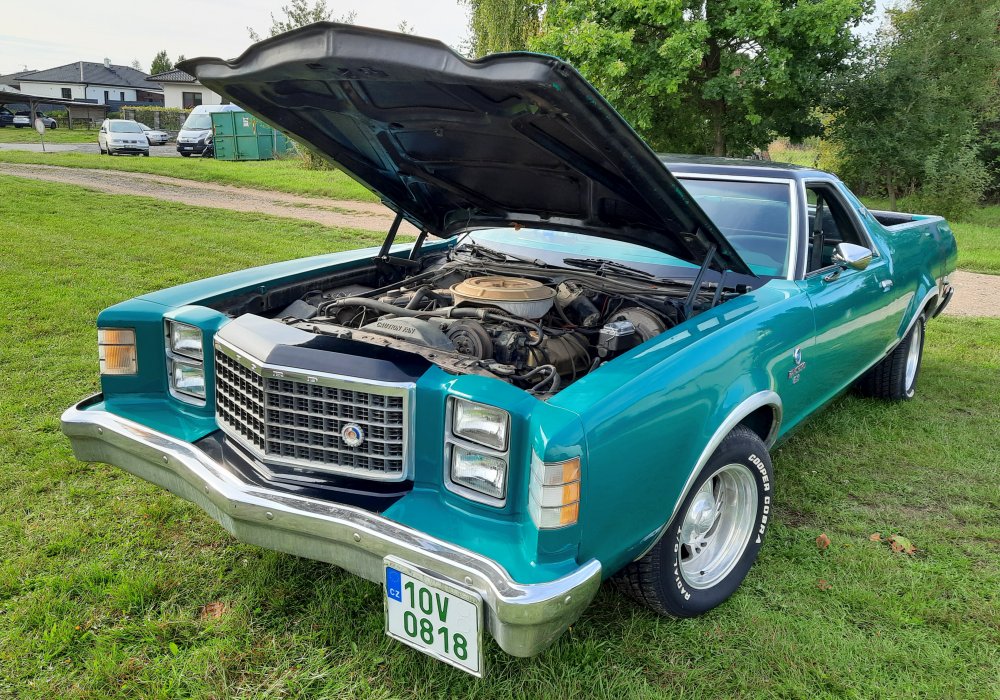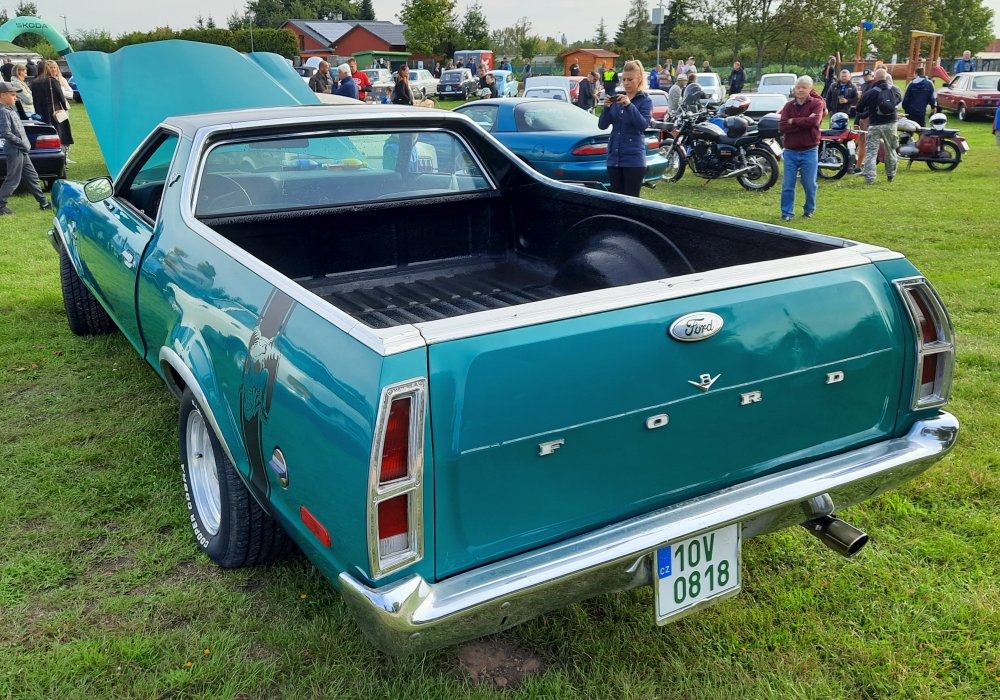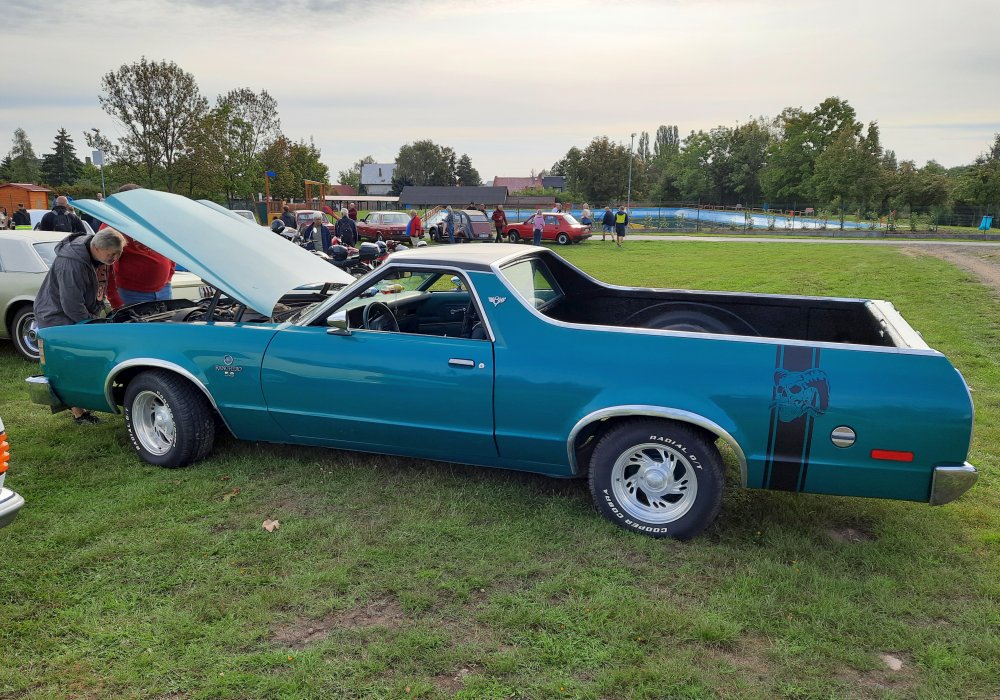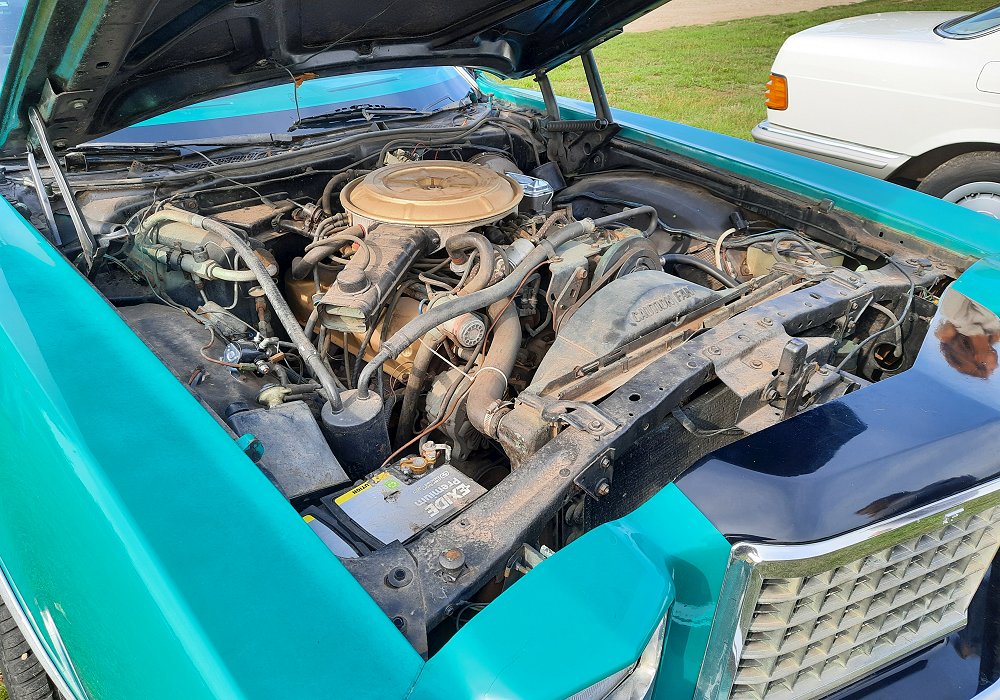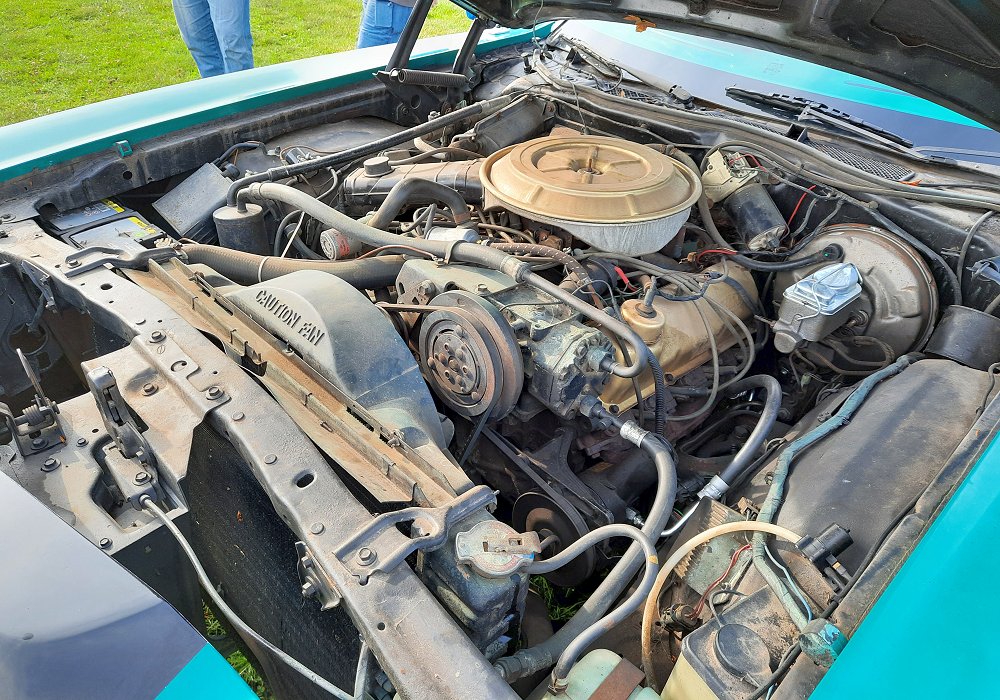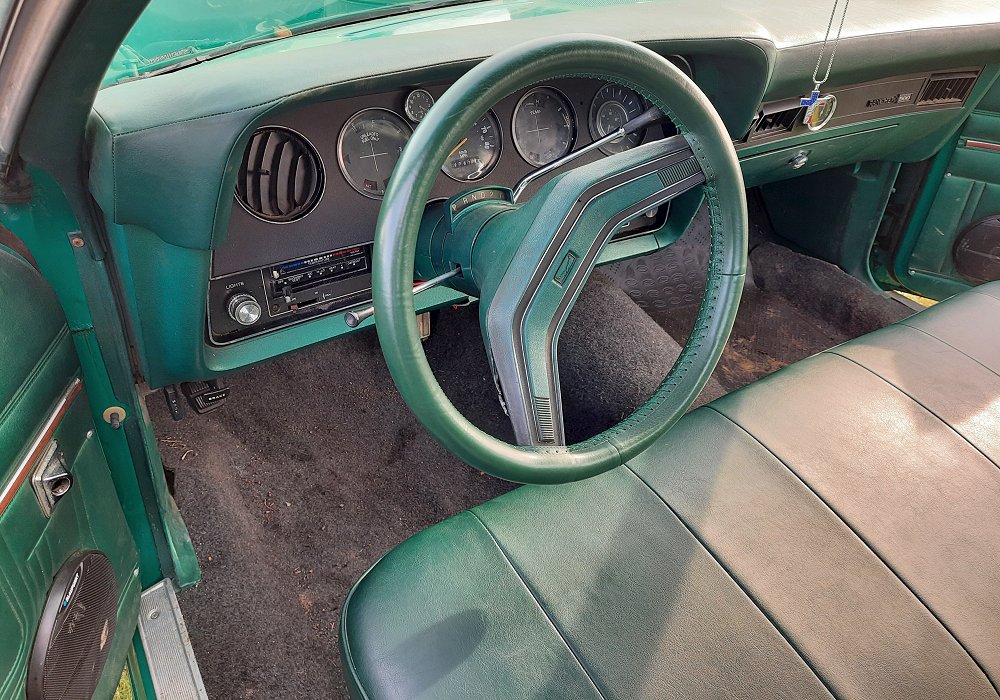Description
The Ford Ranchero V8 5.8 was one of the most balanced offerings in the Ranchero lineup, pairing the car-based pickup body with Ford’s dependable 351 cubic inch V8 engine. Produced during the late 1960s and 1970s, the 5.8-litre option gave the Ranchero the right mix of performance, torque, and efficiency, appealing to buyers who wanted more power than the six-cylinder models or smaller V8s without stepping into the thirstier territory of the massive big-blocks like the 429 or 460.
On the outside, the Ranchero V8 5.8 carried the styling cues of the mid-size cars it was based on—first the Fairlane, and later the Torino and LTD II. Depending on the year, the look ranged from the clean, straight lines of the late 1960s to the more sculpted, muscular appearance of the early 1970s. The long hood, sweeping sides, and integrated pickup bed gave the Ranchero a unique silhouette that blended the elegance of a coupe with the practicality of a light-duty truck. In higher trims such as the Ranchero 500 or GT, buyers could add sport stripes, vinyl tops, chrome accents, and upgraded wheels, giving the 5.8-powered version a strong presence on the road.
Inside, the Ranchero 5.8 offered the comfort of a mid-size car with space for two passengers. A full bench seat came standard, though bucket seats and a console were available in certain trims. Upholstery ranged from simple vinyl in base models to more upscale cloth-and-vinyl in premium versions. The dashboard was carried over from the Fairlane or Torino, with large gauges, chrome accents, and optional features like air conditioning, power steering, and upgraded radios. While not as plush as Ford’s full-size offerings, the Ranchero was more refined than traditional pickups, giving it wide appeal.
The 351 cubic inch V8, available in Windsor, Cleveland, or later Modified forms depending on year, provided ample power for the Ranchero. In its early, high-compression versions, it produced between 250 and 300 horsepower, while later, emissions-controlled models in the 1970s dropped to around 150–180 horsepower. Regardless of the output figures, the 351 delivered strong low-end torque, which made it well suited for hauling and towing while still providing smooth highway performance. Buyers could choose between a three-speed manual, a four-speed manual for more spirited driving, or Ford’s Cruise-O-Matic automatic, which was the most common pairing with the 5.8.
On the road, the Ranchero V8 5.8 offered a composed and confident ride. Its car-based suspension gave it better handling and comfort than body-on-frame trucks, making it popular for daily driving and long-distance cruising. With the V8’s torque, the Ranchero could easily carry loads in the bed or tow small trailers, while still having the performance to feel lively and responsive compared to six-cylinder models.
The Ranchero V8 5.8 was priced to appeal to middle-market buyers who wanted a versatile vehicle with both practicality and performance. It fit neatly between the economy models and the high-powered big-blocks, making it one of the most popular engine choices in the range.
Today, the Ford Ranchero V8 5.8 is valued by enthusiasts as a well-rounded classic. While big-block Rancheros tend to attract the most attention from collectors, the 351-equipped versions are admired for their balance of usable performance, reliability, and drivability. Surviving examples showcase the unique charm of the Ranchero concept—a vehicle that could haul like a truck but ride and drive like a car—while offering the strong character of Ford’s versatile 351 V8.
